Litz wire is a type of multistrand wire that is used for radio frequency transmissions. Its design reduces the skin effect and proximity effect and is suitable for frequencies up to one MHz. There are a variety of reasons why this type of wire is used. For example, it is more resistant to moisture and heat than other wires.
It is useful in minimizing power loss from radio frequency (RF) transmission. It reduces the skin effect, which causes radio frequency current to concentrate at the surface of a conductor. The Litz construction also minimizes the loss of A.C. by increasing the surface area of the conductor. To get the best results, it is best to use many strands of finer wires. Individual strand insulating wires are most commonly made of Polyurethane-Nylon, but other materials are available for higher temperatures.
Litz wires are often used for power applications. They can operate from tens of kilohertz to a few megahertz. Other applications include high frequency inductors, communication equipment, ultrasonic and sonar equipment, inductive chargers, and more. They are usually specified by N and AWG, which stands for American Wire Gauge.
The number of single wires in a bundle and its nominal diameter are two important design factors. These factors determine the mechanical properties and performance of the wire. Moreover, the number of single wires in a bundle will determine the method of bunching. For example, single wires with small diameters are typically bunched in one step while thicker, more complex wires will be bunched in multiple steps.
Litz wires are commonly used in electric motors and antenna systems. These wires are insulated from both sides so that they do not attract moisture and are resistant to heat. As a result, they are useful for microwave transmission, as well. They are used in many different types of industries, including electric motors, bottling equipment, power transformers, and solar inverters.
The name litz wire is derived from the German word "litzendraht", which means "woven wire." The Litz wire is a woven wire composed of strands of individually insulated magnet wires. These strands are typically twisted or braided. The twisting process is intended to minimize the difference in inductances between the individual wires. This twisting also equalizes the current flow.
A high-quality litz wire will increase the Q factor. This is because the Q factor is a measure of the relationship between the total energy of an oscillation and the amount of energy lost per oscillation. A high-quality coil will be able to reach small winding radii without damage to the insulation.
Using the right litz wire construction for a specific application is critical to the successful operation of your electrical circuit. In addition to reducing costs, this type of wire can also improve winding window filling factor. Choosing the right litz wire construction is an important decision and requires experience. In addition, the correct choice of single wire diameter is also critical.

 ENGLISH
ENGLISH 简体中文
简体中文 GERMAN
GERMAN SPAIN
SPAIN
 +86 181-5747-1135
+86 181-5747-1135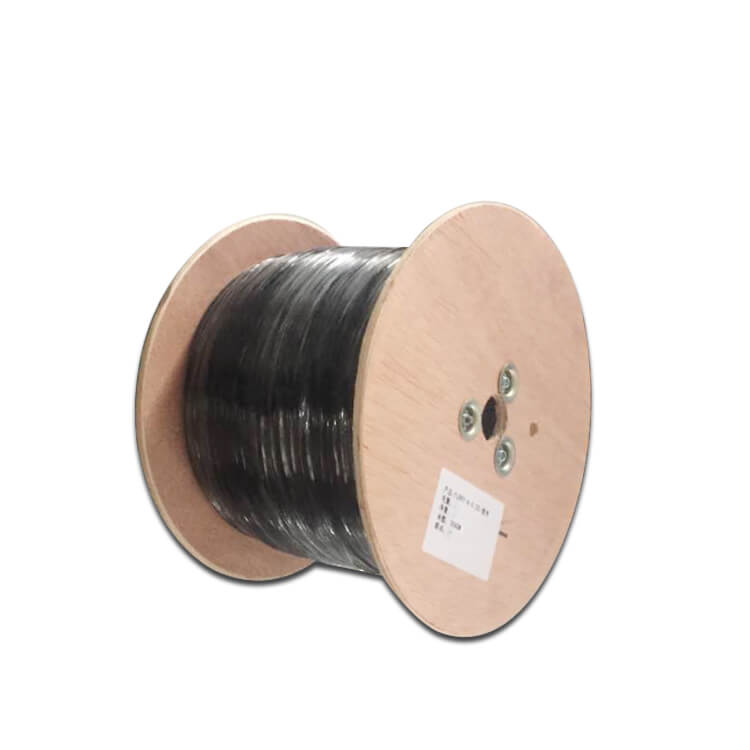
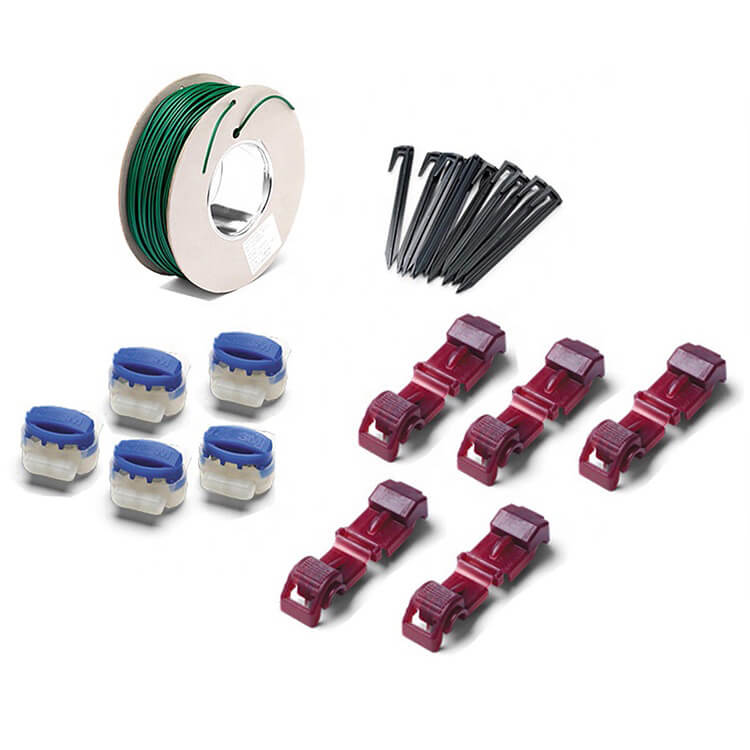
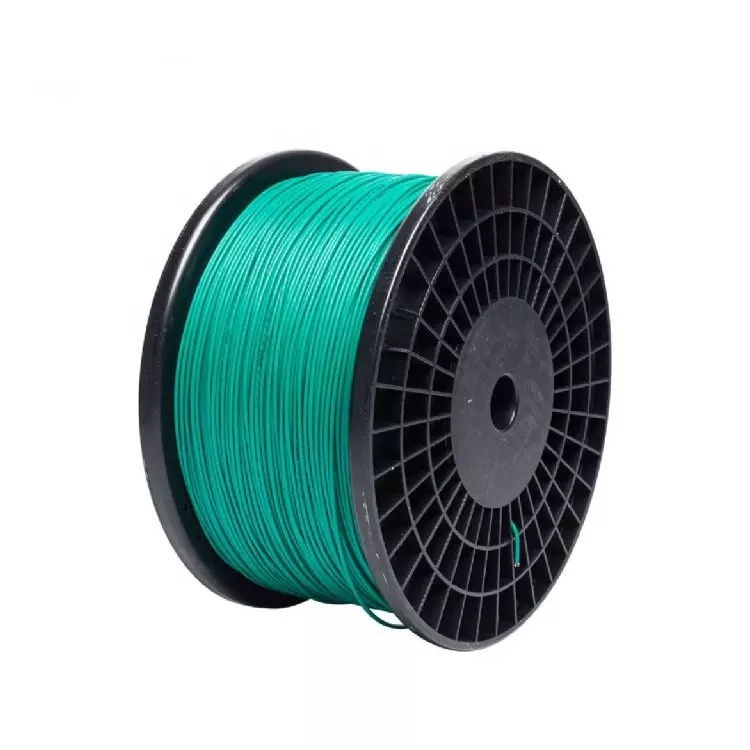
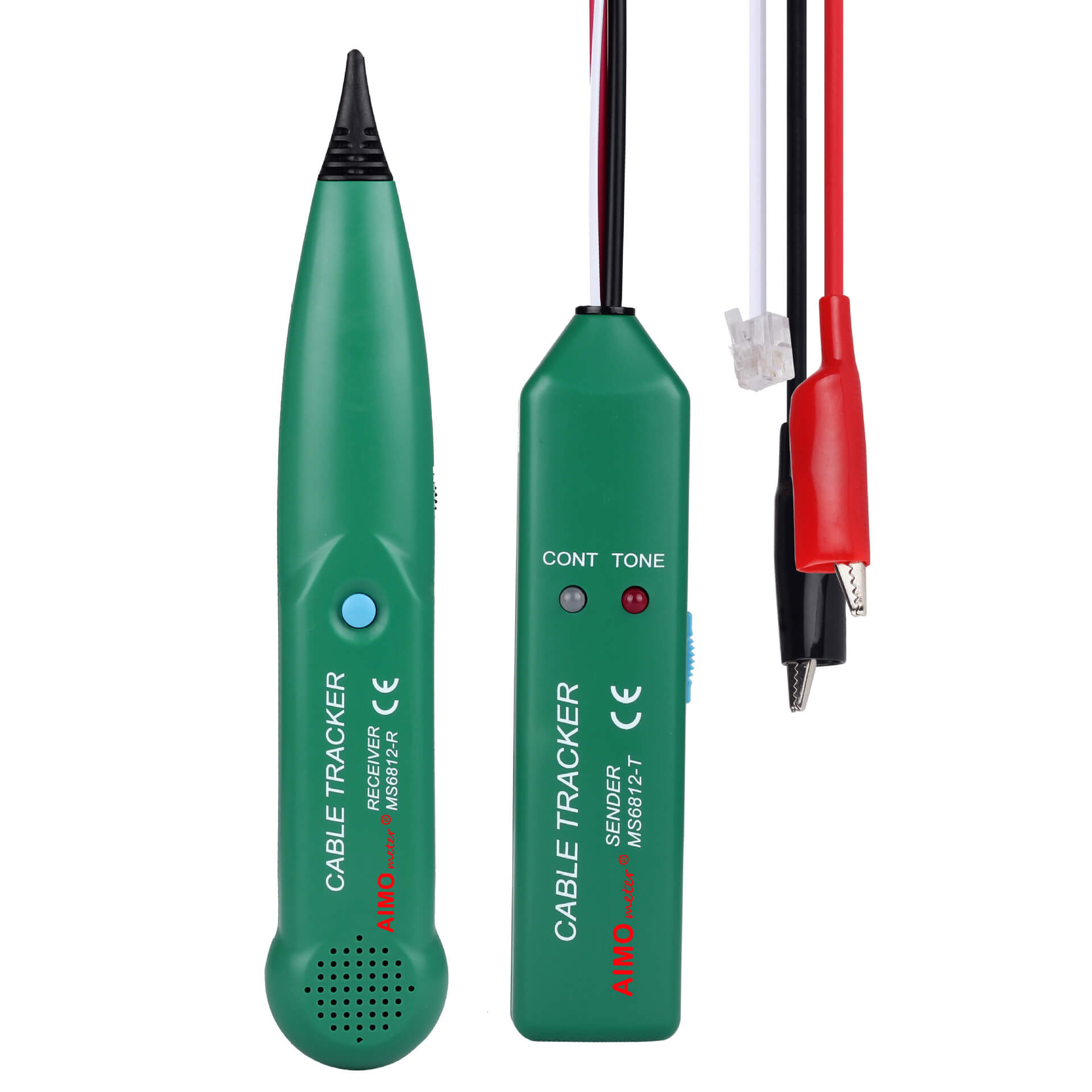


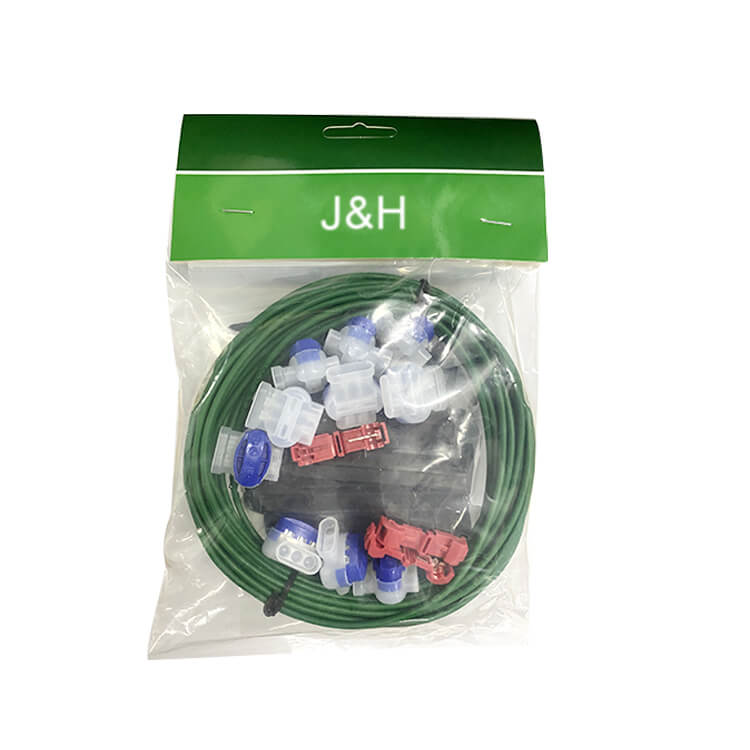
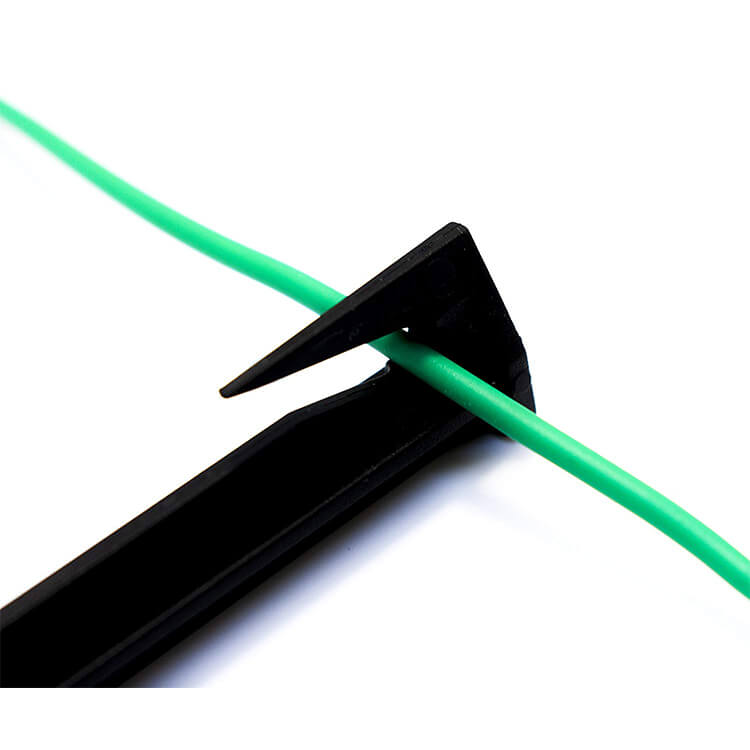
 Abroad:+86 181 5747 1135
Abroad:+86 181 5747 1135 FAX: +86 574 8900 7636
FAX: +86 574 8900 7636 E-mail:
E-mail: 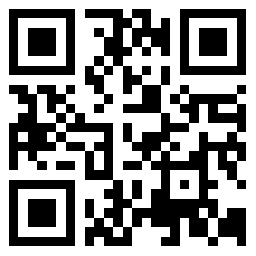

 read the map
read the map

